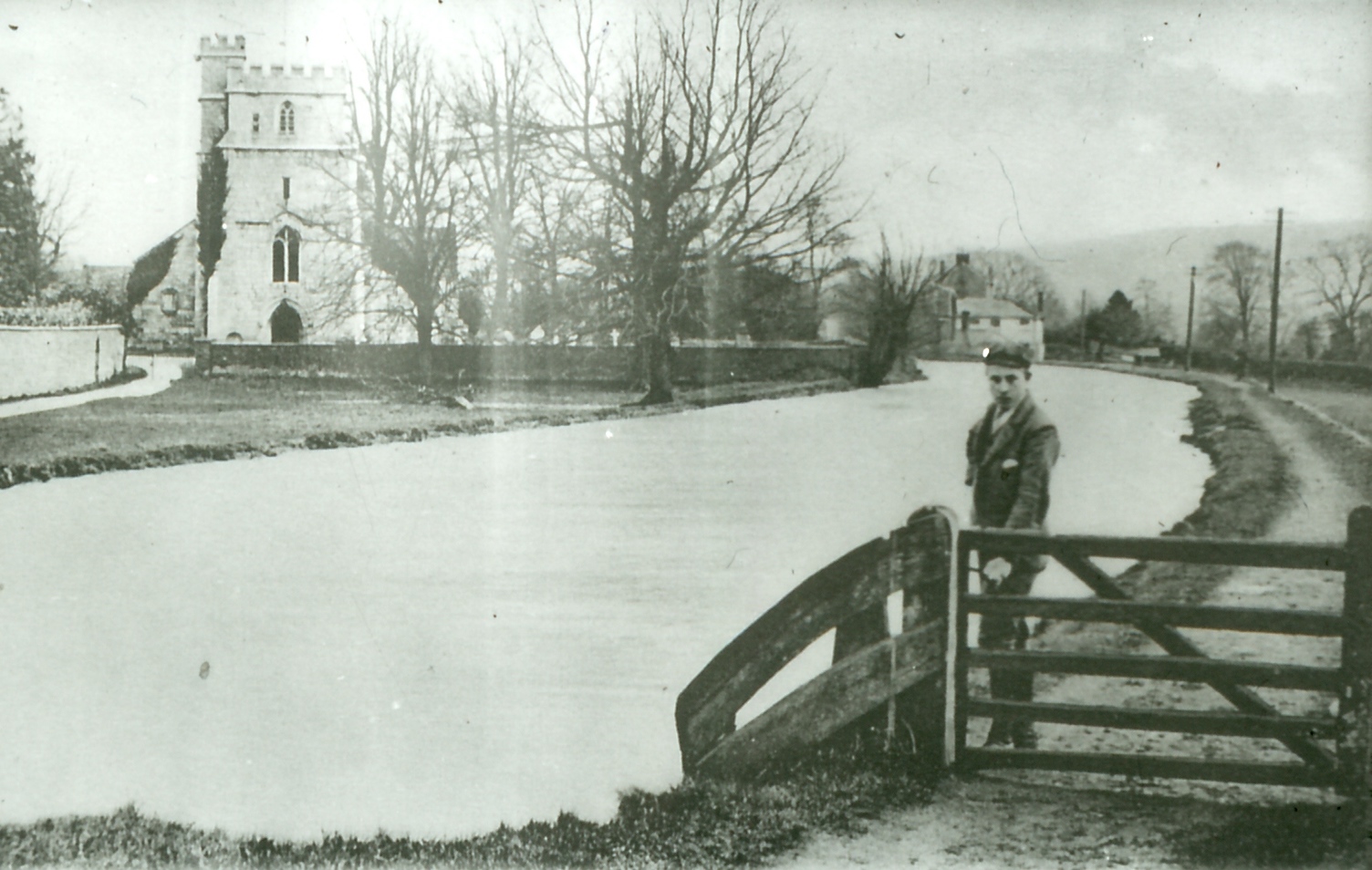Jane Bethell reports on the roles that members of the wealthy Pettat played during the early decades of the Stroudwater Canal's history.


One of the sons, John, went to Oxford and became a clergyman. He was curate at St Cyr’s Stonehouse and later vicar. The first time we see the John Pettat in the canal records is in the planning stage of the canal when Mr Grazebrook (clerk to the company) was instructed to discuss the route of the canal with the Vicar of at St Cyr’s, namely John Pettat. The proposed route needed a strip of land from the graveyard - presumably unused. By September 1777 it appeared that agreement had been reached for both the graveyard and for an area of glebe land close by. Glebe land was land in various parts of a parish the income from which went to support the vicar. In February 1778 the committee started trying to do a land swap but the Rev Pettat seems to have dug his heels in and by July it was agreed that £30 would be paid for the graveyard and £35 for the glebe land. The Glebe land money was paid on 7th July and on 13th August £18 7s was paid for the graveyard land. There is no record of why it was not the £30 originally mentioned, but Rev Pettat recorded in the parish register that £53 7s had been paid and this was going to be invested in stocks and the income paid to him and future vicars. After this we hear no more from the Rev Pettat except for some complaints of flooding in the churchyard in 1783 and 1785. The cash books also show that he was paid tithes for the towpath and landings in Stonehouse every October.
John’s younger brother Richard also owned land along the route of the canal between Dudbridge and Ryeford. The dealings with him were much more complicated. There seems to have been some sort of land exchange between him and his neighbour Mr Andrews but land was brought from both men. Richard’s land was brought for £128 in January 1778. In November 1779, Richard became a “commissioner”. The commissioners were appointed to decide things like a fair price for land when there were disputes with the owners of the land that the canal company wished to buy. After this there were a number of committee meeting where his name came up especially regarding the taxes to be paid on the land and the price of the land. In 1787, he bought two shares in the canal company but sold them in 1791 and made a loss. Surprisingly he appears to be a committee member between 1792 and 1794 even though he was not a shareholder at this time, but maybe this was because he was a commissioner or perhaps because his wife had shares.
The eldest brother, Thomas, also appears in the minutes. He was trustee for the land of Mr Halliday Phillips. Mr Phillips had a lifetime interest in the land but after he died it was to go a Miss Mary Brown and Dr Sandford. Thomas and Dr Sandford are first mentioned in late 1779 and over the next year they were involved in a dispute about the land. The dispute was going to go to court but the matter was settled by the commissioners in the autumn of 1780. The trustees were then paid £224 19s for the land. Interestingly, one of the commissioners making the ruling was Thomas’s brother Richard. The story does not quite end there as the canal did not need all the land they had to buy and in 1785 Mr Grazebrook bought some of the land that had been Mr Philips’s along with another piece of land for a total of 120 guineas.
The ladies were much less trouble as far as the canal company was concerned. In 1786 one William Knight died and Martha Pettat and Alicia Rainsford inherited his four shares. Martha and Alicia were sisters and William Knight, who left no will, was their uncle. Martha was the wife of Richard Pettat so, in theory, the shares legally must have belonged to Richard and to Alicia (who could own them in her own right as she was a widow). However, in 1787, Richard bought two of the shares from the ladies, other two shares still being notionally owned by them. By the time Martha died, she was a widow (so could own shares in her own right) and Alicia had died previously, and the ownership of the two shares passed to nieces of Martha and Alicia. The shares went on to be passed down to successive female family members until 1832 when they were sold.
Details of the records held in the archives relating to the Pettat family can be found here.